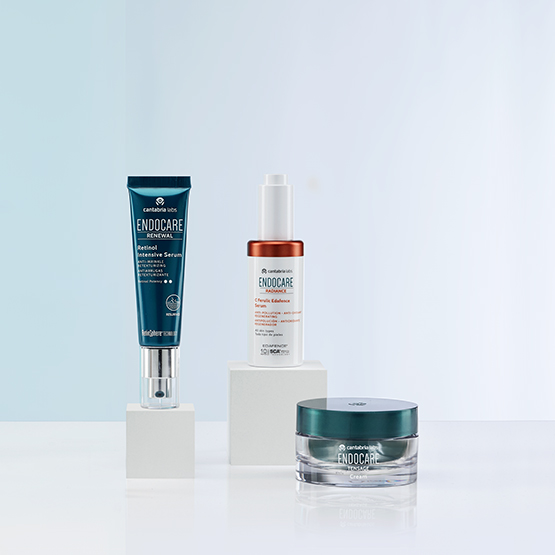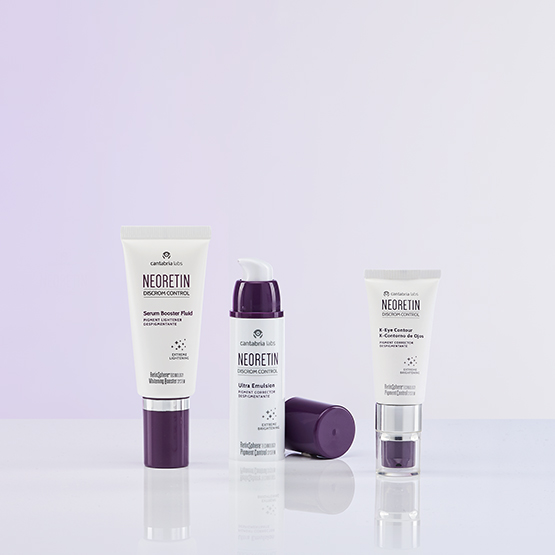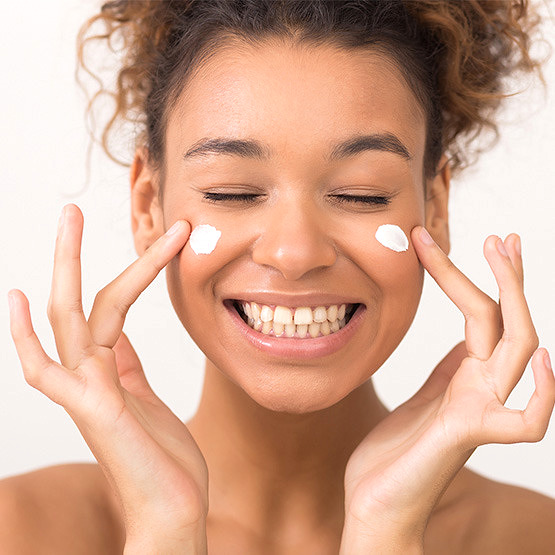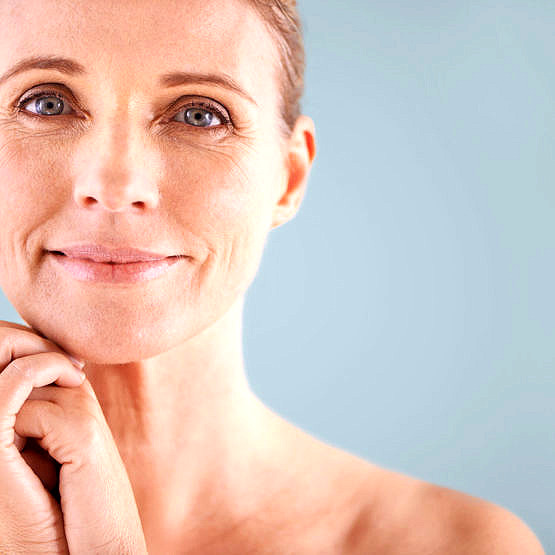Hair loss
Hair loss is a natural phenomenon that occurs cyclically to allow renewal of all body hair. In certain situations, however, hair loss can increase due to factors such as genetic predisposition, hormonal changes, alterations in diet or even emotional stress or seasonal changes.
If you are experiencing greater hair loss than usual, we recommend that you visit your specialist for a correct diagnosis and to learn how best to fight it.
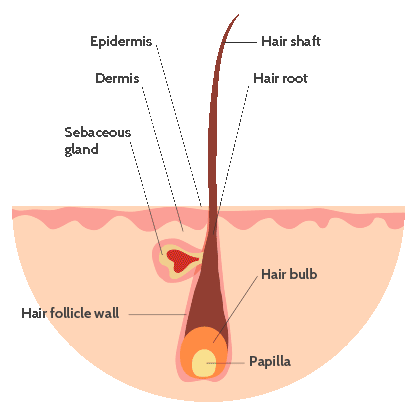
HAIR STRUCTURE
Despite the wide variety of hair type and colour, the structure is relatively the same in all people.
Each hair strand consists of two essential and well differentiated parts: the bulb located in the skin which is the metabolically-active part, and the shaft which comes in a multitude of forms and colours depending on its molecular structure and the amount and type of melanin it contains.
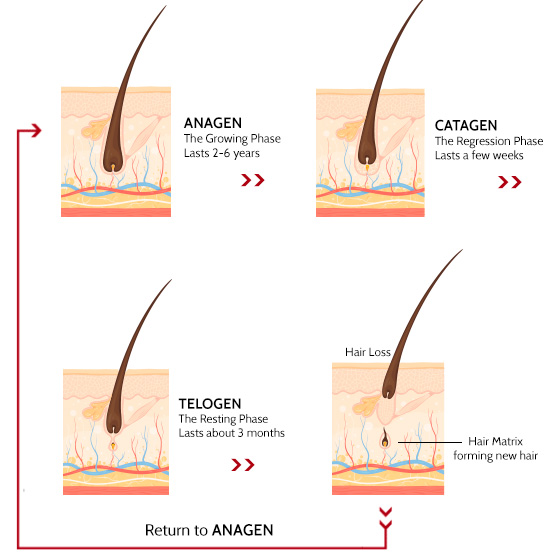
HAIR CYCLE
Hair is not a static structure, but is in constant movement: new hair is generated from the cells present in the dermal papilla, it grows for a few years and finally stops growing and falls out to make way for a new hair. The cell cycle consists of three consecutive main phases:
• ANAGEN: Growth phase that lasts approximately 2-6 years. 85% of hair is at this stage.
• CATAGEN: The regression phase that lasts about 3 weeks. Around 1% of hair is at this stage.
• TELOGEN: The resting phase prior to falling out and can last about 3 months. Approximately 14% of hair is in this phase.
The stage in the life cycle of each hair is different which ensures that hair maintains more or less the same density. A change in the duration of each of these phases can lead to varying types of alopecia.
Hair loss is therefore a natural consequence of the hair cycle. It is estimated that normal hair loss ranges from 50 to 100 hairs a day.
FACTORS INVOLVED IN HAIR LOSS
There are many factors involved in excessive hair loss or associated with increased hair fragility:
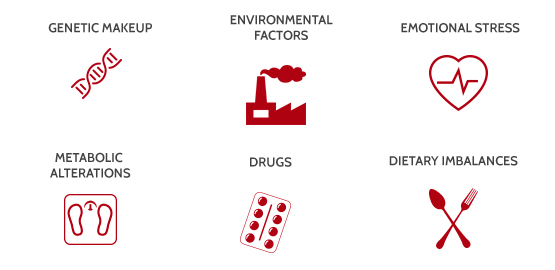
BASIC CONCEPTS ABOUT ALOPECIA: ANDROGENETIC ALOPECIA (AGA)
Androgenetic alopecia (AGA) is the most common type of alopecia in men and women. There are many factors involved in the onset and development of AGA, with genetic predisposition being one of the most relevant. This type of alopecia is caused by the activity of an enzyme (a protein) naturally present in the body, the 5-alpha-reductase enzyme that converts the hormone testosterone into a derivative called dihydrotestosterone (DHT), responsible for the miniaturization or thinning of hair. This causes lower hair density that is evident over time and can lead to total hair loss in the affected areas.
The onset of hair loss can start from adolescence and can affect up to 50% of the male population aged 50 and up to 40% of the female population from 70 years of age.

POPULATION AFFECTED BY HAIR LOSS
Androgenetic alopecia (AGA) is the most common cause of hair loss in both sexes. It can also affect the quality of life of those who suffer from it due to its psychosocial impact.
According to studies conducted by Hamilton (1951;53:708–728)(1), at the age of 30, 30% of the male population presents AGA, reaching 50% at the age of 50.
For women, 40% develop this type of alopecia by age 70.
TELOGEN EFFLUVIUM
Acute telogen effluvium (TE) is a type of alopecia characterised by acute hair loss lasting for a period of up to 6 months. If it lasts longer than this, it is considered chronic telogen effluvium. Women between 30-60 years old are the group most affected by this type of excessive hair loss.
In some cases there are triggers which can occcur 2 to 4 months before the onset of the effluvium, such as emotional stress, restrictive diets, hormonal imbalances and/or childbirth.
In an acute episode, 20 to 50% of the hair passes prematurely from the growth phase to the resting phase and then falls out.
Often, the resolution of stress factors enables the return to normal hair cycle.
- Hamilton JB. Patterned long hair in man; types and incidence. Ann N Y Acad Sci.
Latest from Communication Area

In partnership with Real Madrid C.F., Cantabria Labs presents its new “Train Your Skin” campaign

Cantabria Labs with Rafa Nadal, Sara Andrés and Real Madrid, together against melanoma



